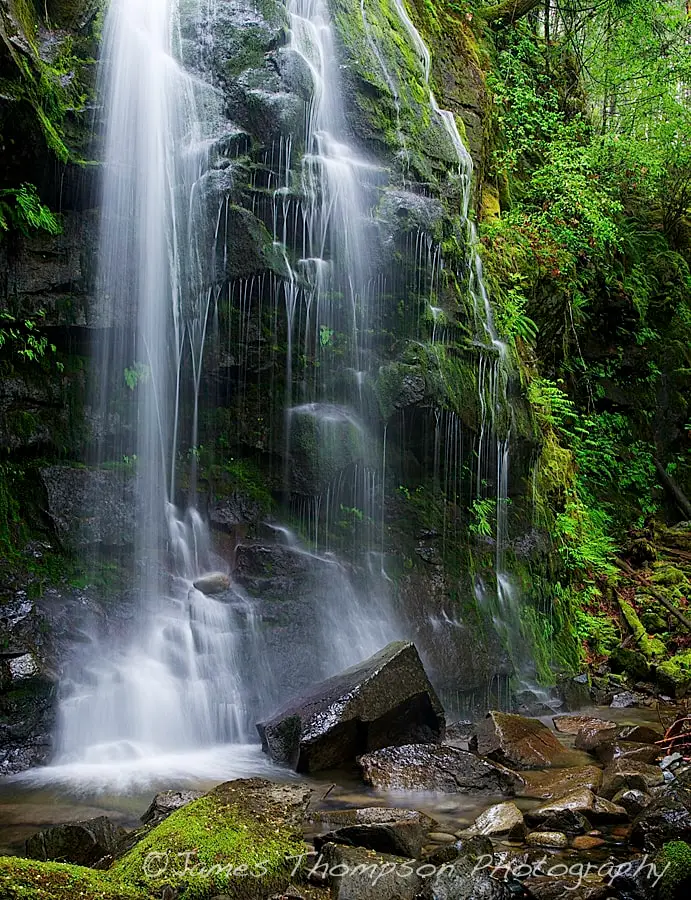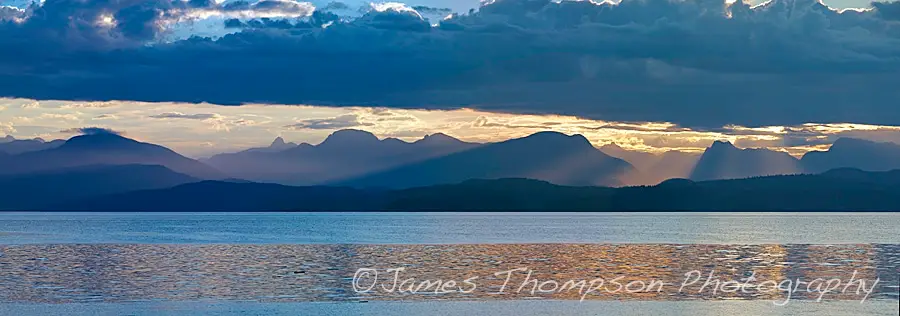Looking for ways to freshen up your images in 2014? Try thinking outside the box – literally!

Held in their usual position, older film cameras and today’s digital cameras generate horizontal rectangular images with a width:height ratio of approximately 3:2 (by comparison your HD TV is 16:9 and older TVs are 4:3). While this may suit many subjects, what if your scene is a sweeping horizon, towering old growth trees, or a cascading waterfall?

Don’t let the technical constraints of your camera get in the way of your artistic vision! Here are some quick tips to help you avoid cramming your wonderful scene into that same old rectangle:
1. Turn your camera 90 degrees. Challenge yourself to find vertical compositions as well as horizontal for every scene.


2. Stitch several images into a horizontal or vertical panorama. Newer iPhones and many compact cameras have features that allow you to generate multiple image panoramas in-camera. There are also many software solutions for your home computer or laptop with Adobe’s Photoshop, PT Gui, and Kolor’s Autopano being some of the most popular.


3. Use the crop tool. Once you’re reviewing your images on your computer, pull up the crop tool in your image editing software and experiment with different aspect ratios for your image. You may find what you thought worked well as a rectangle works even better as a square for example.

Creating compelling panoramic format images is an art unto itself. Why not join us for our 2014 Outer Shores Photography Tour for personalized instruction in this and many other aspects of coastal nature photography!









